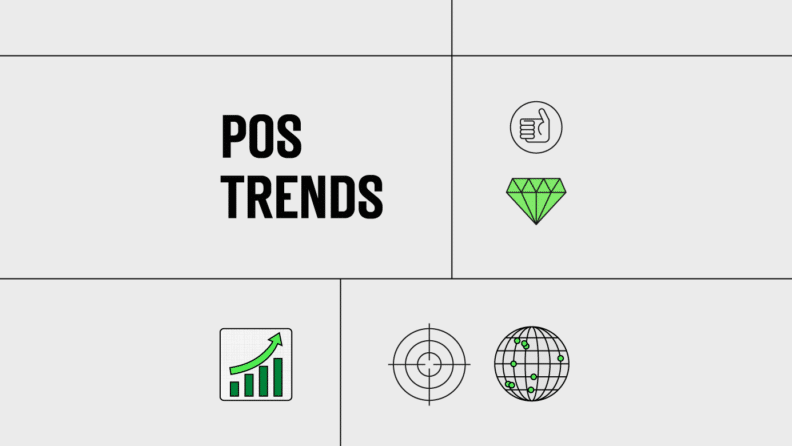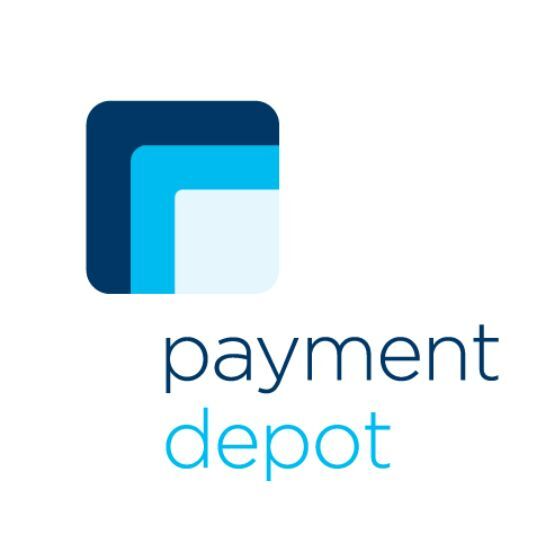Between juggling multiple sales channels, managing data security, and keeping customers hooked — running a biz ain't easy. By keeping on top of the latest POS trends, you can make sure your business is more customer-centric than that other store that’s encroaching on your turf.
Here’s what’s happening in the POS world in 2024 — and hey, who knows, the key to slaying the retail game this year might be hanging out in this list:
- Unified omnichannel commerce
- Mobile POS (mPOS)
- Flexible payment methods
- POS with built-in CRM functionalities
- Artificial Intelligence and Machine Learning enhancements
- Seamless inventory integration
- Contactless payments and self-service kiosks
- Subscription-based POS Models
- Voice-enabled POS
- Experiential and Immersive POS (AR/VR)
- Sustainability in POS
POS Trend #1: Unified Omnichannel Commerce
Omnichannel is a buzzy retail trend that's all about creating a seamless shopping experience across multiple channels. Physical stores, websites, mobile apps, and social media — linking up from end to end.
Customers can shop online, pick up in-store, return via mail, or engage in any other combination of channels seamlessly.
The magic happens by having all sales channels connected and synced to your central POS hub:
- Unified product/inventory data across all channels.
- Single view of the customer's data and preferences.
- Flexible payment and fulfillment options (i.e. buy online, pickup in-store)
- Personalized content and marketing tailored to their behaviors
The benefits aren’t just for the customers, though. Unified commerce solutions also empower your business with:
- Streamlined backend operations and inventory management.
- Data-driven insights into cross-channel behaviors and trends.
- New revenue opportunities, by meeting customers wherever they are.
Applicability: Ideal for retail, hospitality, and services businesses with varying product offerings, aiming to provide superior customer service and streamline operations across multiple channels.
Example: Nike
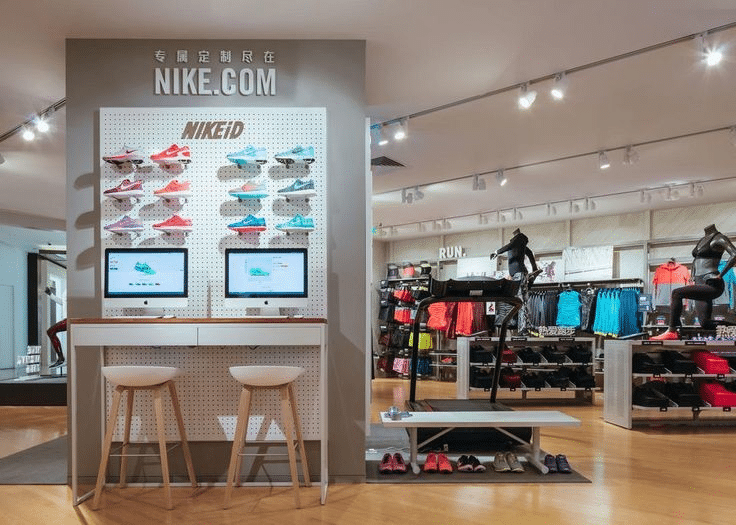
Nike is the perfect example of how integrated commerce can level up the shopping experience. They're blending digital and in-store experiences like pros.
Their retail technology platform integrates data from Nike's website, apps, retail stores, partner websites, and more into one unified ecosystem. This allows Nike to provide capabilities like:
- Letting customers check product availability at local stores from their app
- "Buy Online, Pickup In-Store" options for seamless online-to-offline shopping
- Personalized content, recommendations, and promotions tailored to each customer's behavior
- Consistent, real-time inventory visibility across all sales channels
But it's not just about the customer experience. Nike's unified platform also powers smart supply chain and inventory management behind the scenes. Distributing the right product to the right places at the right times.
POS Trend #2: Mobile POS (mPOS) Systems
Mobile POS systems are reshaping the retail industry by bringing the checkout process directly to the customer, wherever they are.
These systems operate on smartphones or tablets, making transactions possible anywhere in the store (or even outside traditional retail environments, if you’re a pop-up shop kinda person). mPOS systems are being adopted because they:
- Enhance customer service by reducing wait times and lines.
- Offer flexibility for sales at events, pop-ups, or outdoor settings.
- Allow sales staff to complete transactions on the shop floor, helping customers more efficiently and boosting impulse buys.
- Enable businesses to operate virtually anywhere, expanding their reach and flexibility.
Applicability: Ideal for businesses that attend trade shows, traveling markets, or have multiple temporary locations. Basically, if your business isn't chained to a counter, mPOS is your new best friend.
Example: Apple Store and its mPOS System

Apple is the king of cool when it comes to mPOS. Their stores are like a real-life demo of how mobile tech can supercharge retail experiences.
Instead of those boring old checkout lines, Apple's staff zip around the floor with iPhones and iPads. Using their handhelds as mPOS systems, they can:
- Ring you up on the spot (no more endless cueing!)
- Check inventory levels in real-time
- Schedule genius bar appointments
- Basically, handle all customer needs, from anywhere.
It's such a smooth, personalized experience. No wonder Apple fans keep coming back!
POS Trend #3: Flexible Payment Options
Today's customers expect convenience and choice in how they check out. You can level up your POS game by offering a variety of secure payment methods to appeal to different shopper preferences and needs. Providing multiple ways to pay:
- Removes friction from the checkout process
- Can boost sales by catering to customers' preferred payment types
Customers demand convenience and flexibility, particularly with respect to paying for their purchases online. With this in mind, we have included popular ‘Buy Now, Pay Later’ (BNPL) options in our POS systems, so that customers can pay for their supplements in installments over the course of a few months, helping those who may be on a budget.
With this service enabled, we’ve noted a 25% increase in the average value of orders, demonstrating the broad appeal of paying for big-ticket items like high-quality health products using flexible payment plans.
Some of the hottest payment options to consider include:
- Buy Now, Pay Later (BNPL): Customers get to take their goods home right away while paying over time, interest-free.
- Buy Online, Pick Up In Store (BOPIS): Customers browse and pay online, then skip the shipping wait with in-store pickup. Customers stay happy; you save on delivery costs.
- Digital Wallets: Offers a secure and quick way to pay via smartphones or online, supporting various digital channels and enhancing transaction speed.
- Bill Splitting: Facilitates group payments at the point of sale, making it easier for multiple customers to share the cost of purchases.
- POS with Installment Pay Options: Provides structured payment plans at the POS, allowing customers to pay for purchases in installments, making expensive items more accessible. This is basically the same as BNPL, but you take on the lending plan instead of a third party.
Applicability: Flexible payment options benefit both physical and online businesses equally. Particularly useful for retail companies looking to improve conversion rates, reduce cart abandonment, and boost customer retention by providing a seamless and flexible checkout experience.
Example: Macy’s
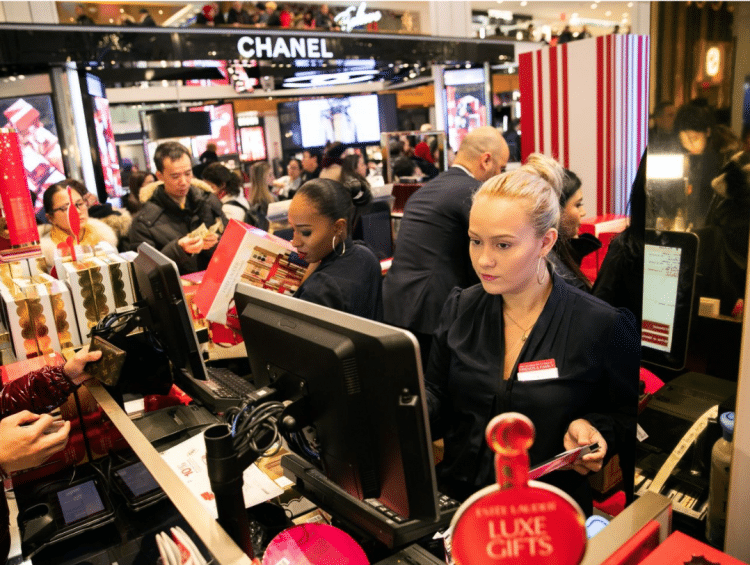
I watched Ocean’s Eleven the other day, which made me think of Macy’s (thanks for that, Carl Reiner) — turns out, they’re hip with the POS times. Their point-of-sale systems, whether in-store or online, offer a great mix of payment choices like:
- Buy now, pay over time with Klarna or PayPal Credit
- Digital wallets (Apple Pay, Google Pay, Samsung Pay, etc.)
- Contactless payments via cards or mobile wallet
- Traditional card payments and cash
- Buy online, pickup in-store fulfillment
This flexibility allows Macy's to meet customers where they're at regarding payment preferences across any channel. It's a big part of why their omnichannel experience stays smooth and customer-friendly.
POS Trend #4: POS with Built-in CRM Capabilities
POS + CRM = handy combo that lets you manage customer data, interactions, and marketing initiatives directly from your point-of-sale.
- It gives you a complete view of your customers in one place - purchase history, preferences, contact details, and more.
- You can use those valuable insights to deliver personalized service and targeted promotions.
- Streamlining customer management into your POS workflow saves time and boosts efficiency.
No more fragmented systems for sales data and customer intel. POS + CRM creates a centralized command center for understanding and engaging your audience.
The result? You can strengthen relationships, increase loyalty, and ultimately drive more sales.
Applicability: Particularly useful for retail and hospitality businesses that thrive on repeat customers and personalized service.
Example: Sephora
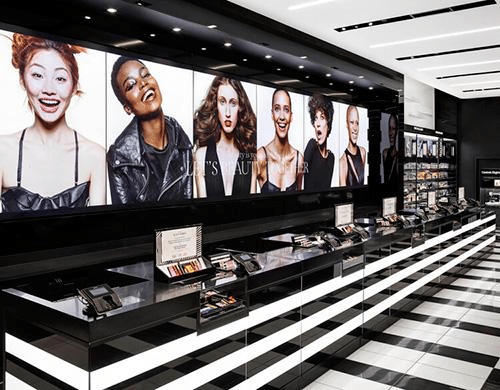
The beauty gurus at Sephora are masters of the integrated POS+CRM game. Here's how they use it:
- Detailed customer profiles connected to their POS systems contain purchase histories, preferences, loyalty info, and more
- Associates can quickly reference a customer's past purchases, favorite brands, and personalized recommendations
- Sephora segments customers based on CRM data for targeted email campaigns, promotions, and customized messaging
- Loyalty program data is integrated, allowing tailored rewards and special offers
This unified view of the customer allows Sephora to strengthen relationships and deliver premium, personalized experiences.
POS Trend #5: AI and Machine Learning Enhancements
AI and machine learning isn’t just for making creepy, uncanny valley ‘borgs; they also bring some brilliant advancements to modern POS systems.
A PwC survey shows that 44 percent of consumers were interested in talking to chatbots to get product-related information before making a purchase. These systems are being used most in:
- AI-Driven Customer Service: Conversational AI chatbots and virtual assistants handle customer inquiries in real time, offering instant support and freeing up human staff for complex issues.
- AI-Driven Analytics: Machine learning algorithms analyze large datasets, providing insights into customer behavior, sales trends, and inventory needs. This enables businesses to make informed decisions, optimize inventory, and tailor marketing strategies.
- Personalization at Scale: AI technologies analyze customer data and preferences to deliver highly personalized shopping experiences, from tailored product recommendations to customized promotions.
- Operational Automation: Your robot helpers automate routine tasks such as transaction processing, stock adjustments, and reporting, improving operational efficiency and reducing errors. They also don’t ask for snack breaks.
- Fraud Detection: AI and ML enhance security by identifying and responding to fraudulent activities in real time, protecting both the business and its customers.
- Dynamic pricing and discount strategies with machine learning models
It's all about using technology to work smarter, not harder. AI/ML enhancements allow businesses to make sense of big data, automate intelligently, and create exceptional customized experiences.
Applicability: Ideal for retail, e-commerce, hospitality, and any other sectors where enhancing customer experience and operational efficiency are priorities.
Example: Starbucks
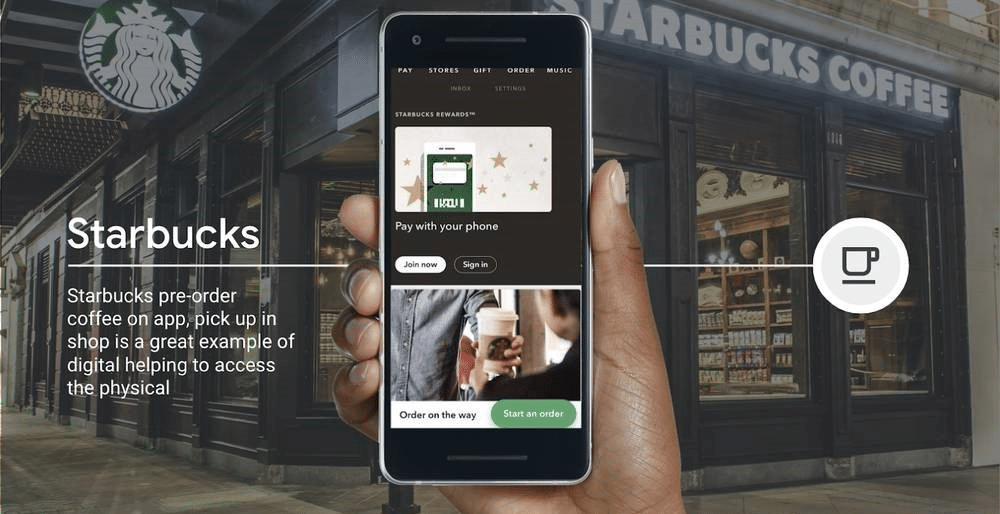
The coffee giants at Starbucks are brewing up some serious AI/ML enhancements across their POS systems:
- Their ‘Deep Brew AI’ platform is a powerhouse, optimizing everything from marketing to staffing to inventory management
- The Starbucks app taps AI to serve up personalized food and drink recommendations based on your preferences and patterns
- AI algorithms study sales data to predict staffing needs and keep popular items in stock - ensuring optimal efficiency
POS Trend #6: Seamless Inventory Integration
Inventory management is the backbone of any retail operation. Seamlessly integrating your inventory data with your POS system is an absolute must. Why, you ask?
- Get accurate, up-to-date inventory counts and low-stock alerts from your POS.
- Automate purchase orders and inventory-receiving processes.
- Allow customers to check online/in-store availability and buy online or pick up in-store.
- Quickly look up product details, variations, and quantities from the POS.
No more disjointed inventory systems leading to out-of-stock, overselling, or surprise shortages. With that seamless connection, you operate leaner and keep customers happier.
The result? Lower operational costs, fewer headaches, and ultimately more sales as you maximize product availability. Headache medication sales are never going to recover from this one.
Applicability: Particularly valuable for retailers, e-commerce platforms, and any business that operates with multiple storefronts (both physical and online), ensuring they can meet customer demand without interruption.
Example: Shopify POS
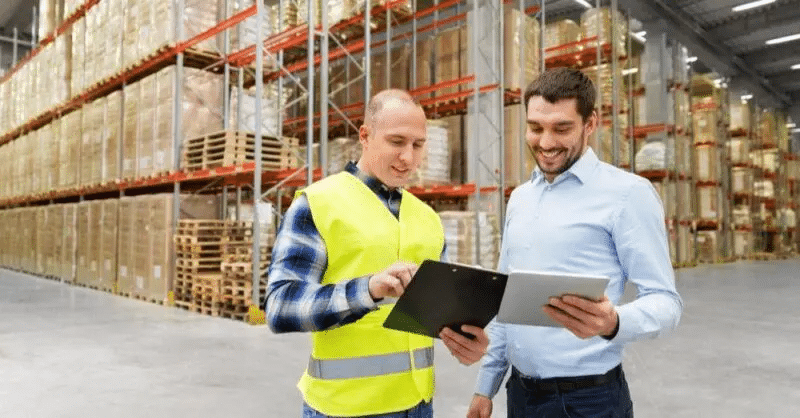
One platform that nails this inventory integration trend is Shopify. Their POS solution automatically syncs inventory quantities across your online store, physical retail locations, and any other sales channels.
Let's say a customer buys a product on your website — the POS instantly deducts that from your available inventory, so you can't oversell. Same thing if you sell an item in-store.
Shopify's mobile POS app also allows store associates to view inventory details quickly, transfer products between locations, create purchase orders, and more — all from the palm of their hand.
POS Trend #7: Contactless Payments & Self-Service Kiosks
Contactless payment methods and self-service kiosks are changing the game of convenience and safety for customers.
These handy POS upgrades allow customers to check out quickly with just a wave of their smartphone using NFC (Near Field Communication) technology or a tap of a card; no physical contact required! It's a magical mix of speed and hygiene that keeps lines moving and people grinning.
But the perks don't stop there! Self-service kiosks also empower customers to skip the cashier line entirely. With a few taps, they can browse, order, and pay unassisted — giving your margins a break on labor.
For businesses, this contactless/self-service combo means:
- Shorter lines and faster checkout times.
- Increased revenue from impulse purchases.
- Less employee wage costs.
- Happier customers getting seamless, personal service.
Applicability: And don't worry, kiosks aren't just for food and retail! They're being adopted everywhere, from airports to hotels to entertainment venues. Any place customers crave speed and convenience is ripe for this tech.
Example: McDonald's
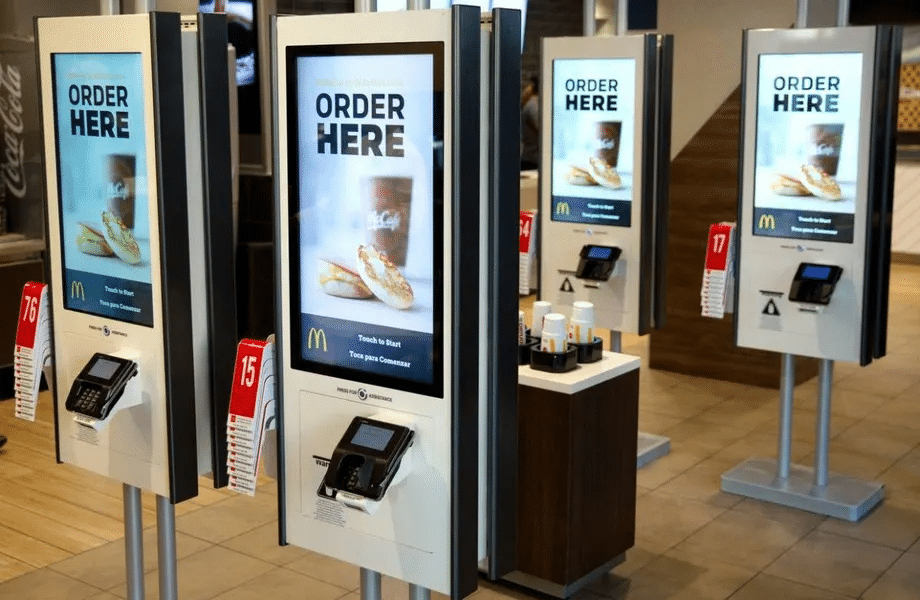
The golden arches are leading the way when it comes to rolling out contactless and self-service POS solutions. McDonald's has been hard at work modernizing their customer experience with:
- Contactless payment integration at restaurant kiosks, drive-thrus, and front counters using methods like Apple Pay and contactless credit cards.
- Mobile Order & Pay on the McDonald's app, allowing customers to browse the menu, customize orders, and pay contactless for pickup or delivery.
- Self-service kiosks in restaurants empower customers to place their entire order and pay unassisted with a few taps.
- Kiosks and mobile ordering are even being implemented for McCafé orders to speed up that morning coffee run!
POS Trend #8: Subscription-Based POS Models
Instead of paying a hefty upfront fee to purchase a traditional POS system, more businesses are opting for subscription-based models. This "POS as a service" approach comes with some nifty perks:
- Lower upfront costs by paying a monthly/annual fee.
- Cloud-based, so systems are always up-to-date.
- Scalable solutions that grow with your business.
- Access to new features/integrations as they're released.
It's like having a POS system that constantly evolves with your needs, rather than becoming outdated over time. The flexible, pay-as-you-go pricing is also ideal for small businesses with tighter budgets.
Another trend to capitalize on is integrating subscription services into our POS systems. This type of subscription delivers supplements to customers at regular intervals, so that they never run out of stock on their health essentials.
We’ve seen customer retention rates increase by 10% as a result of our trial run of this integration.
Many subscription POS providers offer:
- Training and onboarding assistance
- 24/7 customer support and automatic software updates
- Option to bundle POS hardware into the subscription cost
It's a hassle-free way to modernize retail operations and customer experiences without breaking the bank. No wonder this model is rapidly gaining traction!
Applicability: Suitable for small to medium-sized businesses that need a flexible, scalable solution without a significant initial investment.
Example: Toast
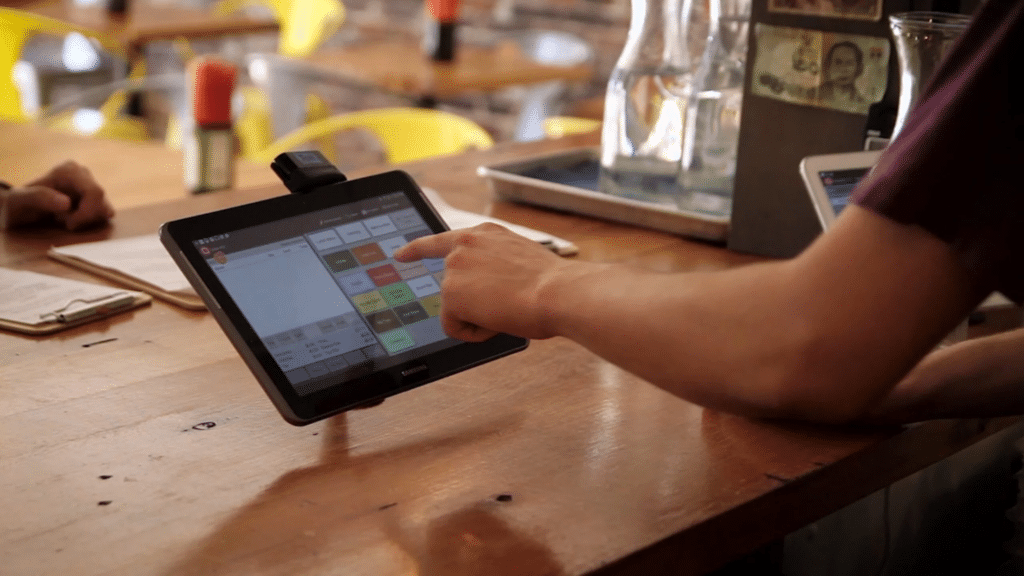
Toast is shaking up the restaurant industry with its subscription POS solution designed specifically for food and beverage businesses. Restaurants can access:
- Toast POS software for order management and menu customization.
- Choose your own hardware, including terminals and handhelds, or use your own device.
- Transparent payment processing.
- Continuous software updates and feature releases.
- Round-the-clock customer support and training.
This subscription model provides smaller businesses affordable access to advanced POS features, with the flexibility to scale services as needed—a genuine pay-as-you-grow approach!
POS Trend #9: Voice-Activated POS Systems
In a world where AI assistants like Siri and Alexa are becoming household names, it's no surprise that voice technology is making waves in the point-of-sale space, too.
Voice-activated POS systems allow employees to take orders, look up product info, and perform hands-free tasks using voice commands. It's like giving employees their very own personal retail assistant, without making some poor intern do it.
This innovative capability boosts efficiency and enhances customer service:
- Employees can quickly multitask without being tied to a screen or terminal.
- Voice search for products is much faster than manually typing.
- Accessibility is improved for users with disabilities.
- Overall, speedier checkouts and order processing.
Applicability: Particularly useful in fast-paced environments such as restaurants, cafés, retail stores, and warehouses where staff benefit from hands-free operations.
Imagine a retail associate assisting a customer with clothing selections — voice commands allow them to check sizes, colors, and prices without stepping away. Similarly, in food service, servers can send orders to the kitchen or bar while continuing to engage with customers, streamlining service and enhancing the customer experience.
Example: Domino's Pizza
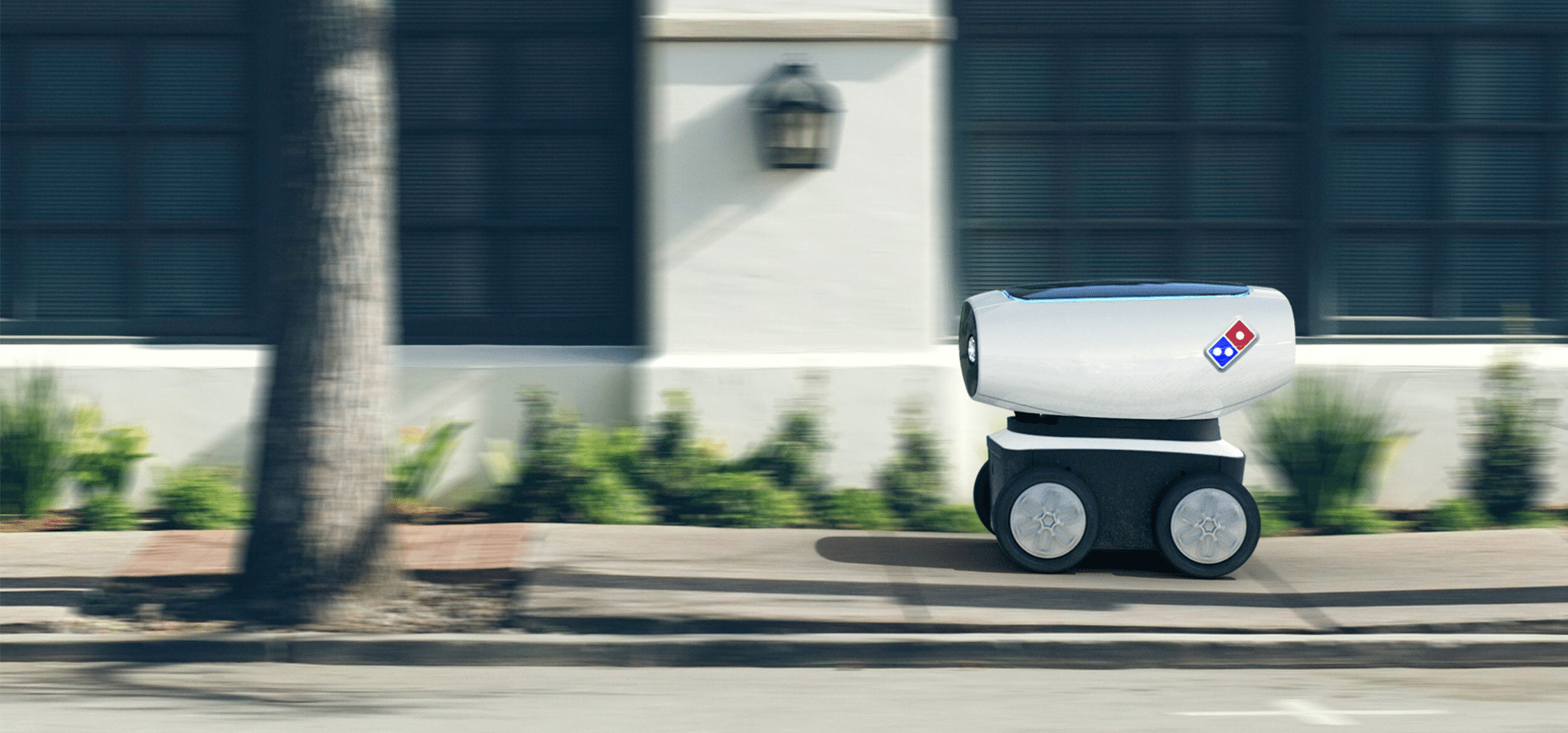
Domino's is enhancing the pizza ordering experience with "Dom," their AI assistant powered by advanced natural language processing (NLP).
Some of Dom's voice POS capabilities include:
- Adding items to carts by stating toppings, sides, etc.
- Modifying orders with special instructions like "extra sauce."
- Placing orders hands-free while customers are on the go, without needing someone on the other end.
- Fetching order status, deals, and store info with voice queries.
Dom is continually learning from customer interactions to improve speech recognition and accuracy. Available on Domino's mobile app and smart speakers like Amazon Alexa, Dom lets you reorder your favorites easily from almost anywhere.
POS Trend #10: Experiential and Immersive POS (AR/VR)
Retail therapy is getting a serious upgrade thanks to experiential POS solutions that blur the line between the digital and physical worlds. I’m talking surprisingly immersive experiences that tap into emotions and senses.
The magic happens when businesses infuse innovative tech like augmented reality (AR) and virtual reality (VR) directly into their point-of-sale ecosystems. These immersive capabilities allow brands to get creative with engagement like never before:
- Virtual Try-ons: Customers can try makeup, accessories, and clothing virtually.
- Immersive Experiences: AR overlays provide product details, reviews, and animations.
- Realistic Visualizations: See how furniture and decor will look in your actual space before buying.
- Digital Showrooms: Browse extensive digital catalogs quickly via AR.
It's all about delivering memorable, multisensory journeys that wow customers and tap into their emotions. Whether nostalgia, excitement, wanderlust — the possibilities for standing out are endless.
But it's not just fantasy land. Businesses are seeing major benefits like:
- Higher conversion rates from experiential shopping.
- Fewer product returns as customers can vet items beforehand.
- Stickier brand recall and affinity from engaging narratives.
- Less angry customers after navigating the mall’s parking lot.
Example: Sephora Virtual Artist
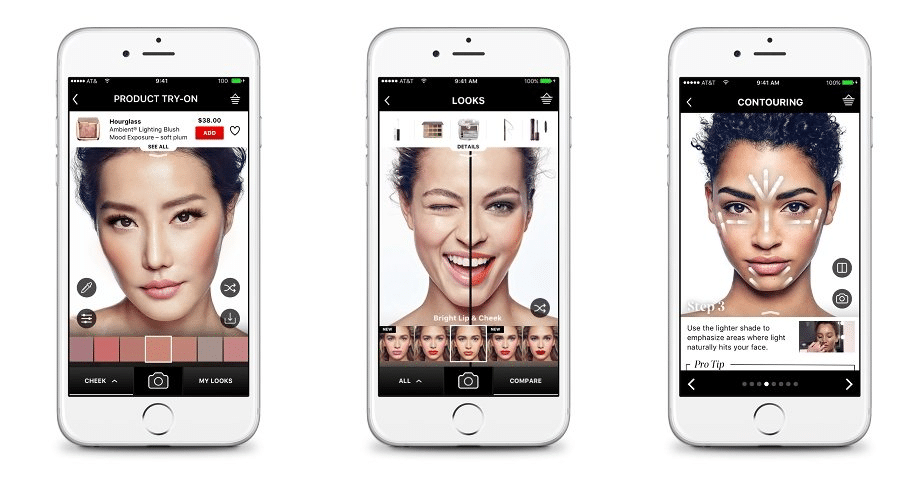
I know, I know, Sephora’s back. Look, my partner loves them, okay?
Using the Sephora app or in-store beauty workshops, customers can virtually "try on" different makeup looks in real-time using augmented reality. The AI and AR precisely map and apply different lip, eye, and face product shades to their live image.
But it gets better — Sephora's virtual artist provides:
- Customized product recommendations based on your look.
- Shoppable makeup tutorials brought to life with AR.
- Virtual try-on for false lashes, hair colors, and accessories.
- Shareable makeup looks you can send to friends.
It creates a wildly engaging experience where customers can explore endless beauty possibilities in an ultra-realistic virtual environment before ever picking up a product
POS Trend #11: Sustainability in POS Solutions
A recent PwC survey shows that 80% of consumers are willing to pay an extra 5% for sustainably produced goods. As environmental awareness grows, businesses adopt sustainable POS solutions to decrease their ecological footprint. Why it matters:
- Reduces electronic waste and plastic use.
- Lowers energy consumption and emissions.
- Meets consumer demand for green practices.
- Cuts costs by operating more efficiently.
Some key ways POS providers are hopping on the green bandwagon include:
- Terminals and peripherals made from recycled materials.
- Energy-efficient hardware with EPEAT/Energy Star ratings.
- Cloud-based software, eliminating the need for local hardware.
- Integration with eco-friendly supply chains.
- Data analytics optimizing inventory to reduce waste.
Customers enjoy peace of mind knowing their purchases support environmental sustainability, while employees are proud to work for eco-responsible companies.
As sustainability concerns grow, investing in a green POS is a savvy way for retailers to walk the talk and "be the change" they — and the regulators — want to see in the world.
Example: IKEA
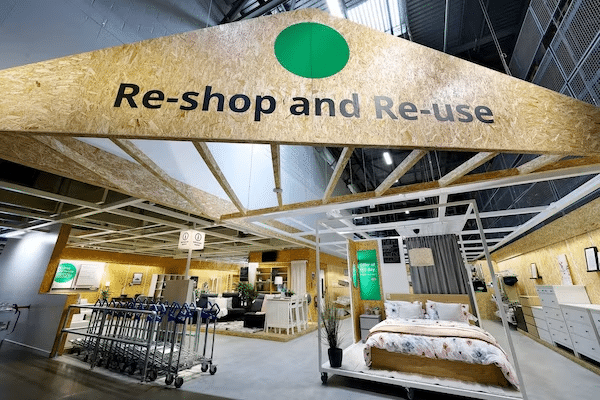
IKEA has integrated sustainable practices across its POS systems, embracing mobile payments and paperless transactions. They use eco-friendly POS products and are developing 'Fulfillment Rails' for greener in-store solutions. Their OVIZ product range maximizes energy efficiency, reinforcing that sustainable POS benefits retailers, customers, and the environment alike. IKEA makes it easy to be eco-conscious; even at the checkout.
The 10 Best POS Options on the Market
My team and I pride ourselves on keeping up with the latest systems and providers, helping operators like yourself find the best tools, faster. Here are our 10 favorites in the POS space:
Future-Proof Your Operations With Innovative POS Trends
No, sure, you don’t have to innovate your business. You could always just let it fall apart over time, instead. :)
Think of your business as a car. To keep it running smoothly, you need to upgrade parts and stay on top of maintenance — aka, listen to the regulators. But if you want it to run faster, smoother, and more efficiently… You need to invest in some new parts.
From blending your online and in-store sales to using AI for smart decision-making, these POS tools can transform how you operate. Look at your current system and see where you can add these new features.
Whether it's beefing up security with blockchain or making payments a breeze with contactless options, these trends can give your business the edge it needs.
Ready to take your business operations to the next level? Subscribe to our free newsletter for expert tips, guides, and insights from leaders in the tech world. Stay ahead of the curve and keep your business in top gear.

